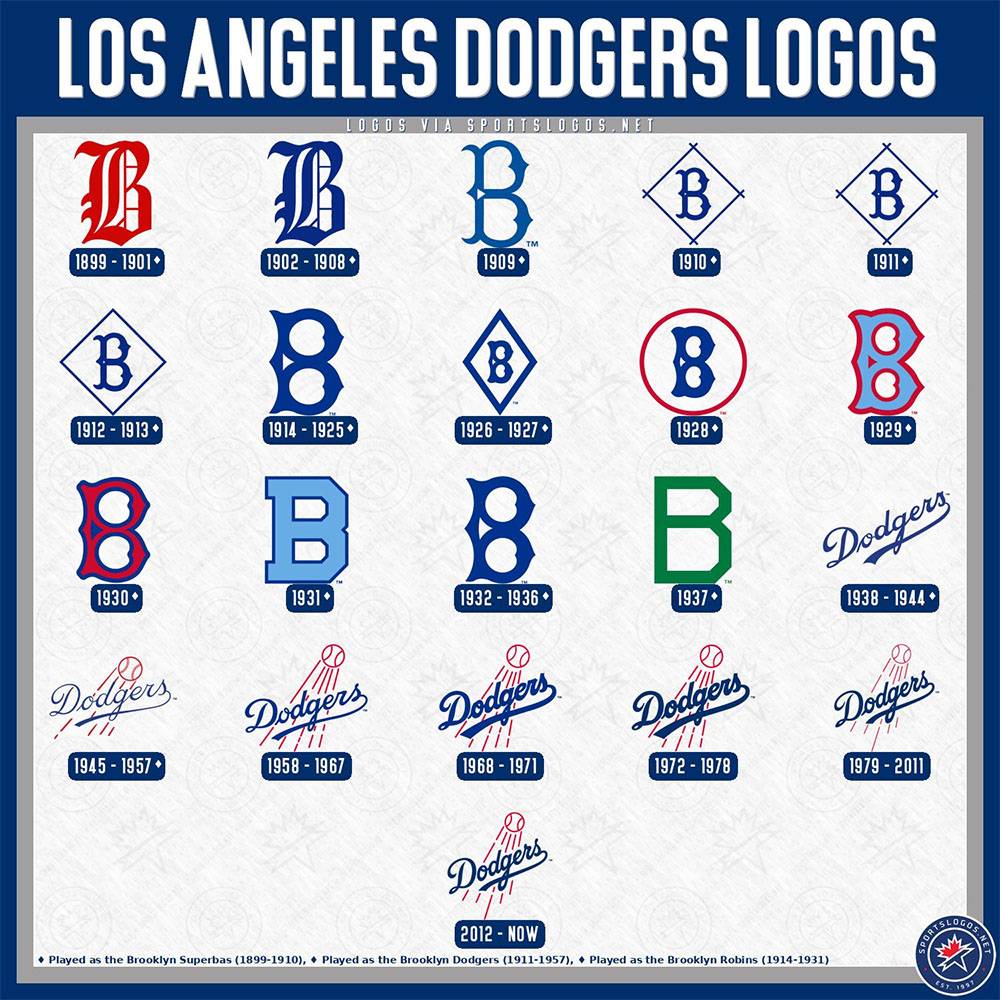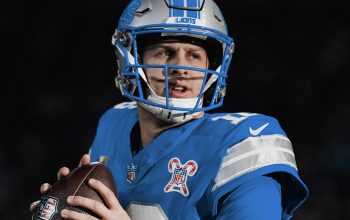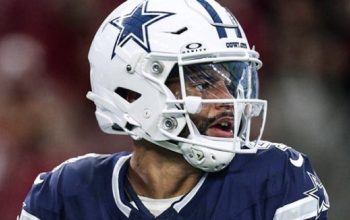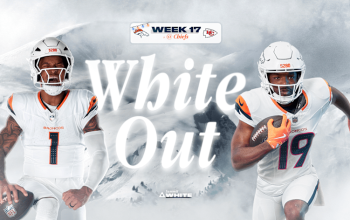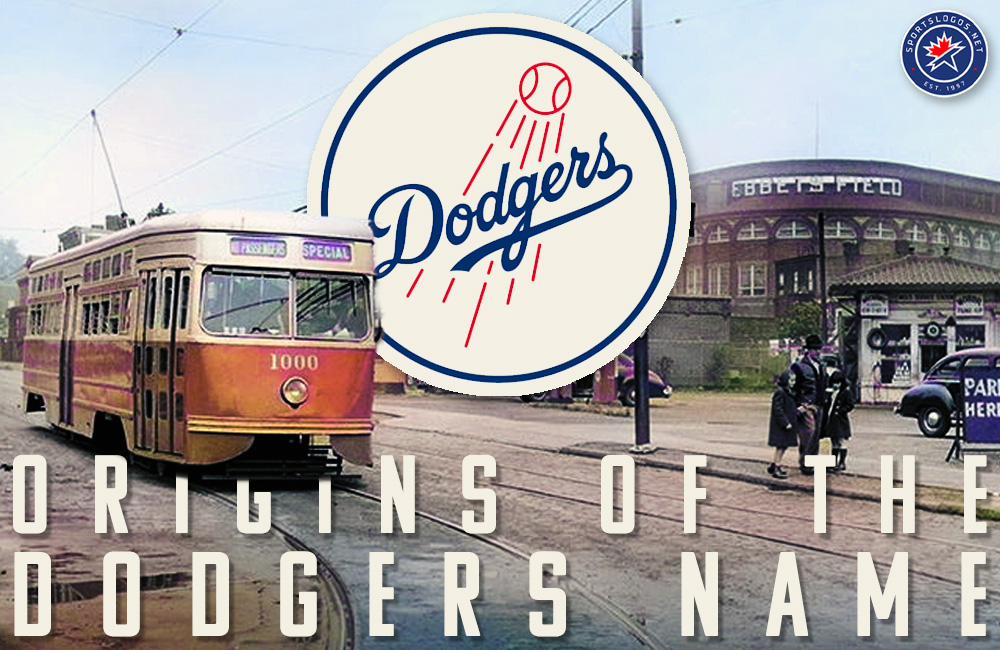
Most baseball fans know the Los Angeles Dodgers‘ name can be traced directly to Brooklyn’s street corners. After zig-zagging through three decades of nicknames, including tributes to players getting married and a two-decade-long homage to their manager, they finally held a rushed vote to make the “Dodgers” name official.
But, how did we get there?
Brooklyn’s National League club of the late 1800s changed identities as often as players changed their socks. Local papers cycled through team nicknames as circumstances within the organization changed: they were the “Grays” for the uniforms, “Atlantics” after a former Brooklyn club, and in 1888, the most unusual name of “Bridegrooms” after several of their players were married in quick succession. When Hall of Famer John Montgomery Ward arrived to manage in 1890, writers dubbed the club “Ward’s Wonders”; two years later, under Dave Foutz, it was known as “Foutz’s Fillies.” One of the early handles that stood out came with manager Ned Hanlon in 1899, when the team was known as the Brooklyn Superbas, a reference to “Hanlon’s Superba,” a popular vaudeville troupe of the time.
Through all that chaos, one name just seemed to stick: the “Trolley Dodgers.”
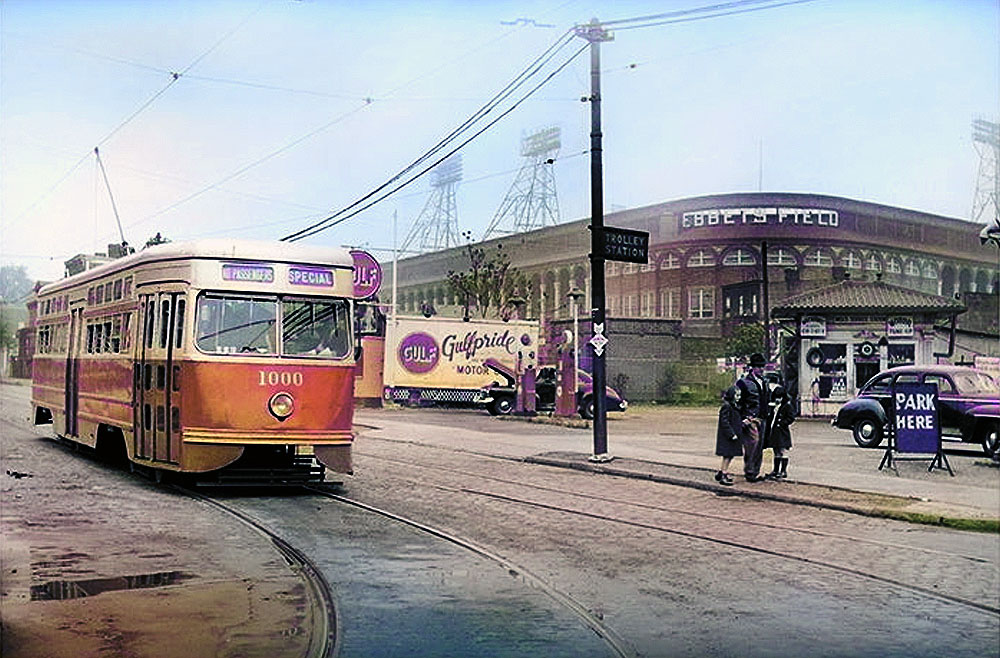
In the 1890s, Brooklyn was home to a rapidly expanding web of electric streetcar lines. Getting anywhere around town meant pedestrians suddenly had to gamble with their lives by dodging the trolleys. Shortened in everyday use to simply the “Dodgers,” it outlasted the Wonders, Fillies, Superbas, and yes, even the Bridegrooms, because it was a direct reflection of a day in the life of a Brooklynite.
In 1914, the franchise changed its name to honour manager Wilbert “Uncle Robbie” Robinson, rechristening the club the Brooklyn Robins. Under Robinson, Brooklyn won NL pennants in 1916 and 1920, and “Robins” appeared on scorecards, signage, and in official league communications for the 18 seasons of his tenure. Despite the name change, “Dodgers” never really left the scene; it would still be used on some club materials, even on World Series program covers.
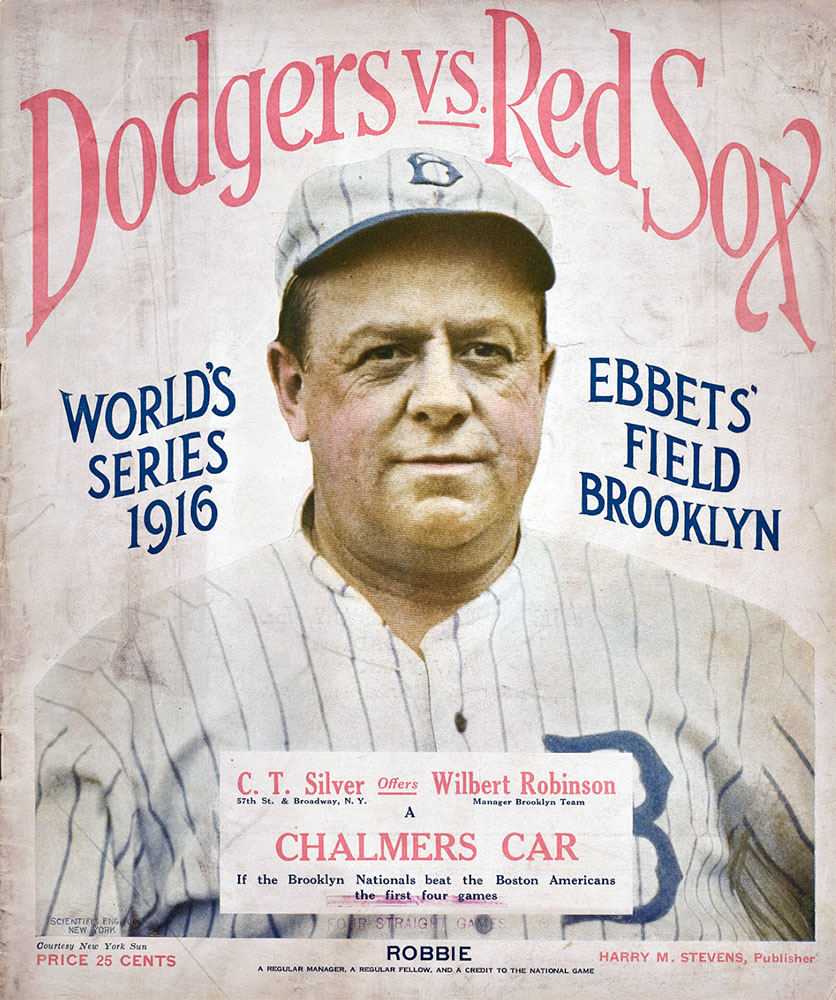
Robinson’s retirement at the end of the 1931 season provided the club with an opportunity to make a change. Without “Uncle Robbie” around, the name Robins didn’t really fit anymore. Team officials met in mid-January to adopt a new name but were unable to reach a verdict. As was common for the era, the club then reached out to the local baseball scribes to choose a name for the team. Eleven writers were convened to the team’s offices at Ebbets Field by the team’s VP, Steve McKeever, on January 22, 1932. Meanwhile, other club officials, including president Frank York, business manager Dave Driscoll, and secretary John Gorman, waited with McKeever for the verdict. The writers requested a few weeks “for fancy thinking”, but with uniform orders due that same day, the request was denied; they needed a name right then and there.
A column in The Standard Union reported several rejected options, including Monarchs, King Bees, and Knights. Earlier, “Canaries” had been floated as an option, a clever play on the original birth name of new manager Max Carey (Carnarius), but this one didn’t appear to be considered by the rushed panel.
After some debate, the writers narrowed the ballot to two finalists: Brooklyn Kings (named for Kings County) versus the old favourite, Brooklyn Dodgers. The vote resulted in a 9-2 victory for the Dodgers, with the writers explaining that roughly 80 percent of local fans already used “Dodgers” as the team’s name, and that making it official was the “easiest and best” course. The top brass concurred and starting with the 1932 season, “DODGERS” appeared across the chest of the club’s jerseys for the first time, replacing the earlier BROOKLYN wordmarks or lone B designs that had graced prior sets.
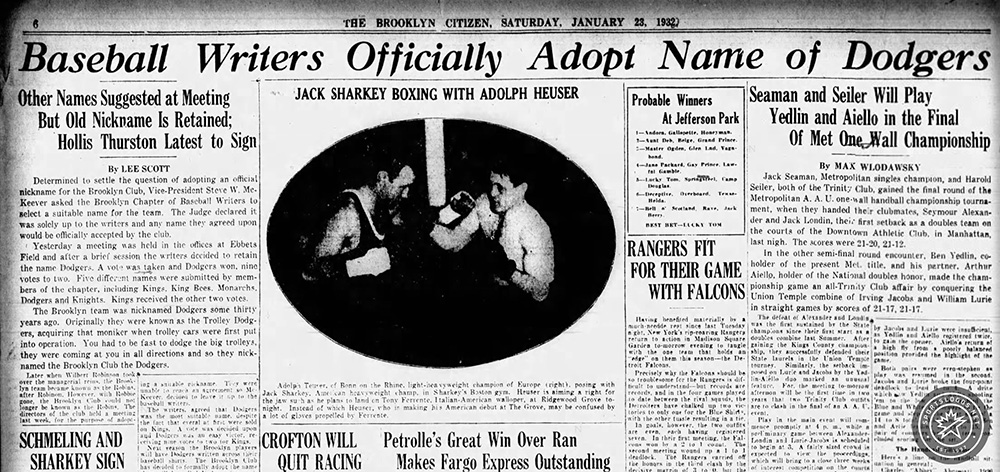
From that moment on, “Dodgers” stuck, no matter who was managing the club… couldn’t you imagine them being the Los Angeles Tommies in the 1980s? How about the L.A. Donnie Baseballs in the 2010s? Heck, we could all be watching the Los Angeles Docs right now.
An official name didn’t stop writers and fans from continuing to add their own colourful nicknames in the decades that followed. For a time, headlines would occasionally reference the bird theme from their days as the Robins with “The Flock.” Most famously, cartoonist Willard Mullin transformed the team’s perpetual lack of success into the “Dem Bums” character, a term affectionately used by locals but with a more derisive tone elsewhere in the National League.
When the Dodgers moved to California, along with the New York Giants, in 1958, they appropriately dropped “Brooklyn” in favour of “Los Angeles,” but the “Dodgers” bit remained. By that time, “Dodgers” was a well-recognized brand. Owner Walter O’Malley had purchased the PCL’s Los Angeles Angels in 1957, but did so purely to secure territorial rights, rather than with any intention to adopt their name. One could wonder if the finalist “Kings” name had been chosen instead in 1932, what the NHL’s Kings would’ve picked for a name when they started up just a decade later.
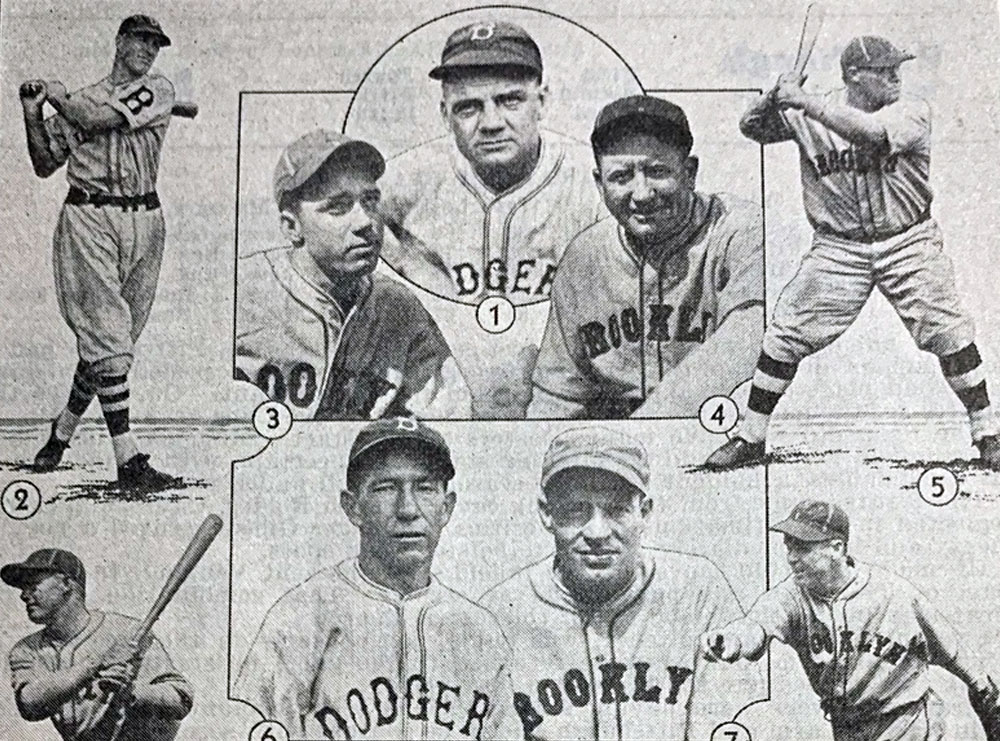
Now in Los Angeles, the scripted “Dodgers” on the home uniform stuck around; the road jersey was updated to read “Los Angeles,” and the cap swapped out Brooklyn’s classic “B” logo for an interlocking “LA,” a design that has since become iconic in its own right.
“Dodgers” was a name that evolved from the delicate 19th-century art of dancing around the streetcars outside Brooklyn’s Eastern Park, surviving early threats from Bridegrooms to Superbas, outliving two decades as the “Robins,” before finally winning a writers’ vote and making a cross-country trek fully intact. Nearly a century after the “Dodgers” name was added to the uniform for the first time, it sits there, scrawled across the chests of modern-day superstars such as Shohei Ohtani, Freddie Freeman, Mookie Betts, and others, just as it did when Jackie was tearing up the basepaths back at Ebbets Field with the trolley-cars zipping around just outside the front gate.

